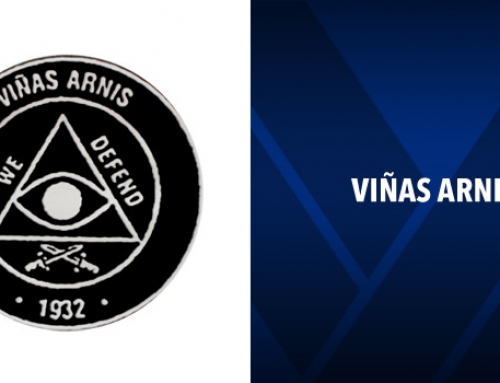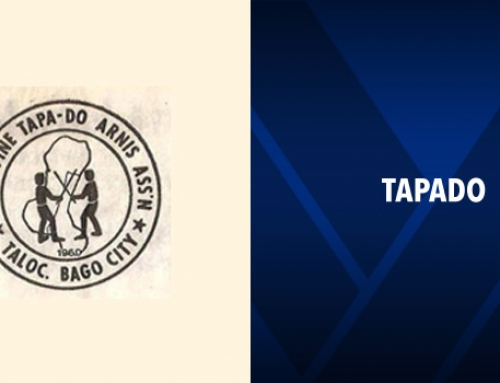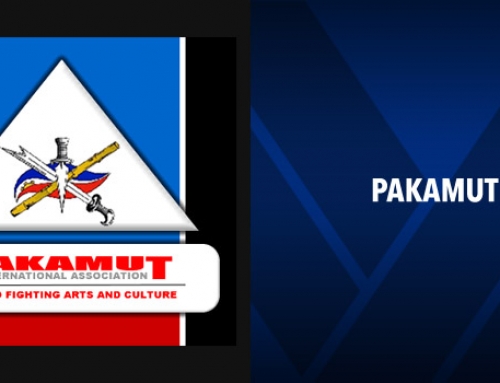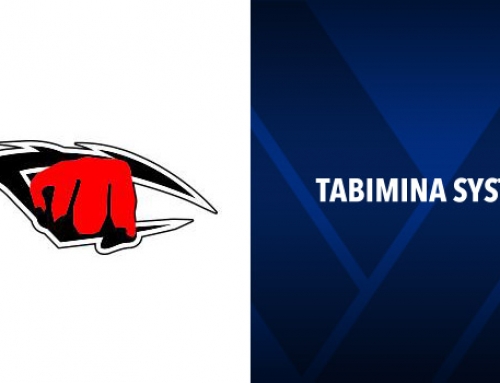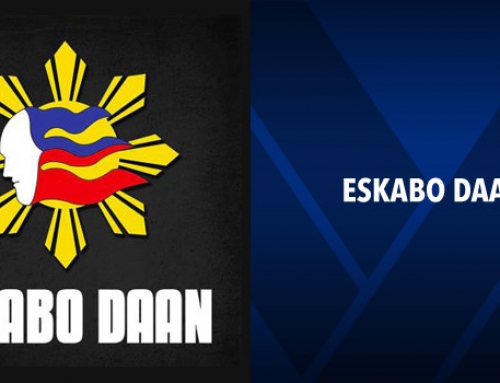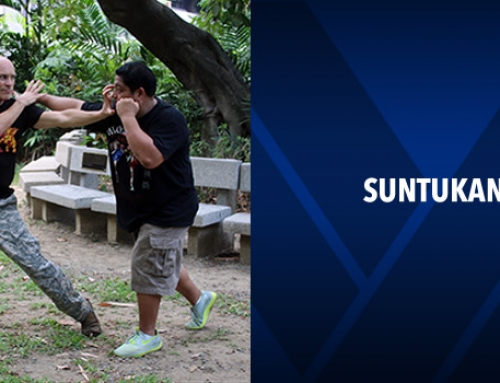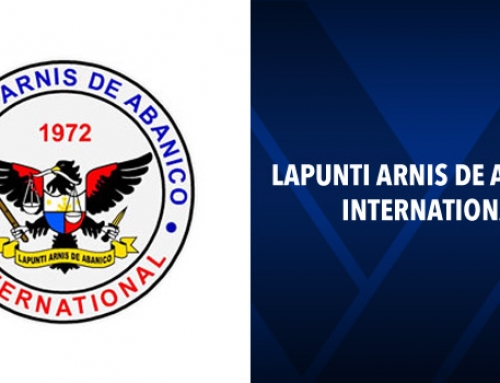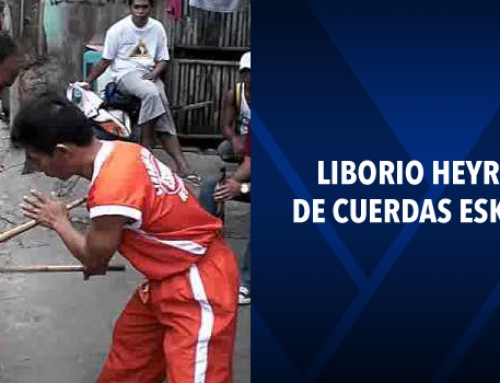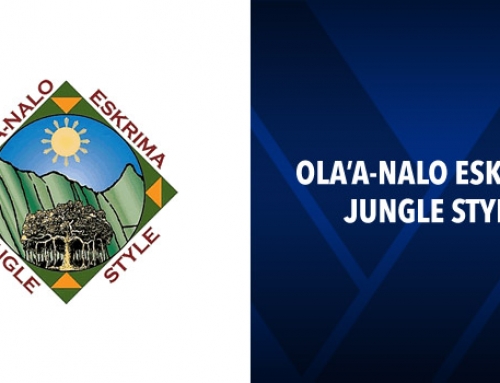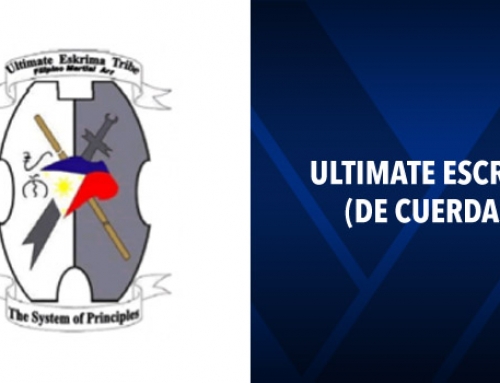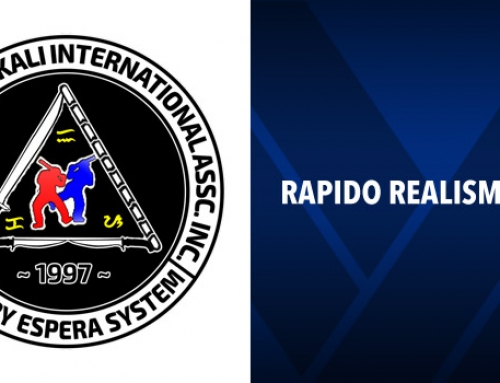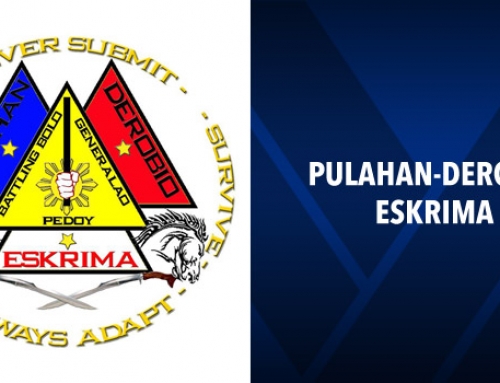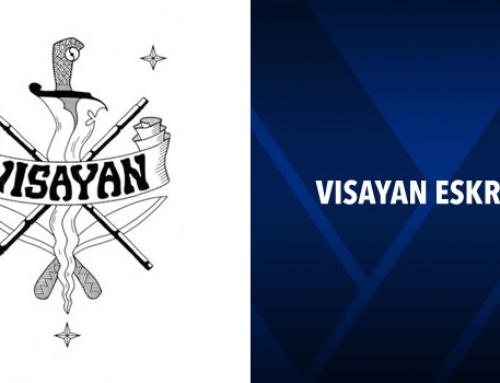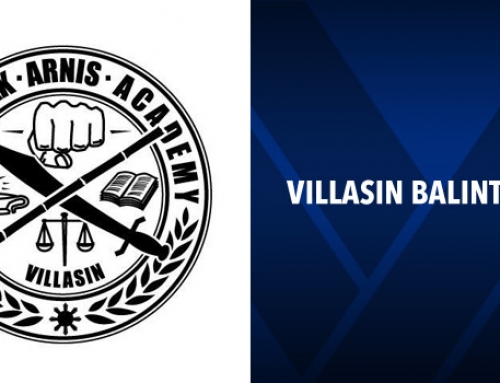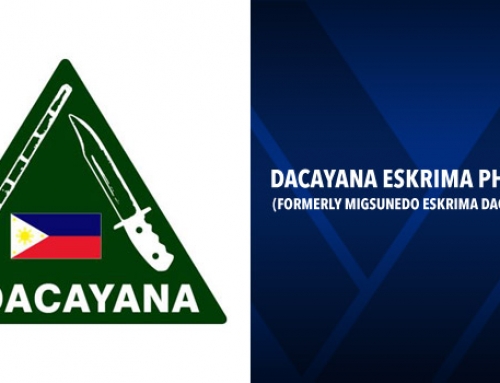Origin of Senkotiros
Senkotiros is a style of Filipino martial arts that originated in the Southern Luzon Province of the Philippines. Unlike other Philippine martial art styles, Senkotiros originators were probably not able to pass on the art to their descendants primarily because of the widespread necessity to find work in other provinces and cities.
The demand for work forced the practitioners to spend most of their time away from home. As in most Filipino fighting art systems, it is difficult to determine the exact origin of Senkotiros. Some say that it was derived from the “Camarin” style.
The word “Camarin” means a place to store rice or “palay” or any other grains harvested during the harvest season. The Camarin system was practiced in the “camarin” (warehouse or factory) to avoid being seen by the public and thus maintain the secrecy of their style.
“Camarin” also became the name given by the locals to those who worked in the camarin. When asked about their style of arnis, the practitioners would respond, “Camarin Style”. Others thought that the system was named after the Camarines Province of the Philippines.
Luis Moratillo, a Barangay chief and police officer, was one of the practitioners of this style. In 1947 he passed away, leaving the art of Arnis to his young grandson’s mind (emong) only to be revived 20 years later.
Unfortunately, his life-style sent his poor health from bad to worse because of sleepless nights spent on his gambling habits. In 1947 he passed away, leaving the art of Arnis to his young grandson’s mind (emong) only to be revived 20 years later.
Urban legend indicates that the Camarin workers were constantly ridiculed because of their subordinate place in society. The Camarin workers practiced Arnis in order to defend themselves against the many groups that constantly wanted to harm and ridicule them.
Not long after its development, the rich owners of the camarins (warehouses) soon started to hear tales of the deadly art of Arnis practiced by the workers. This discovery prompted them to investigate the workers and their fighting capabilities.
Those that were found to be experts in Arnis and had been working for the owners for many years were considered loyal and were hired as their personal bodyguards or “katuwang” (trusted right hand person).
This practice continued throughout the years. From Camarines style soon Senkotiros resurfaced and was adopted because of the deadly five striking angles.
Others thought that Senkotiros was the same as the better-known art of Arnis, Cinco Tiro. Cinco (or “sinko” or “senko”) means “five”, and “tiro” means, “strike”.
“Senkotiros”, although similar in meaning to “Arnis” Cinco Tiros, was developed in the Bicol region independently from Cinco Tiros. The word “Senkotiros” could also mean “senior student” in the art of Arnis, or the “Arnis Master”.
This style of Arnis, Senkotiros, is known to be very deadly in the handling of the single stick or “solo baston”. Ultimately the goal of this system is to develop great expertise in the art of empty handed fighting.
The main concept of Senkotiros is to disable and not to kill unless necessary.


